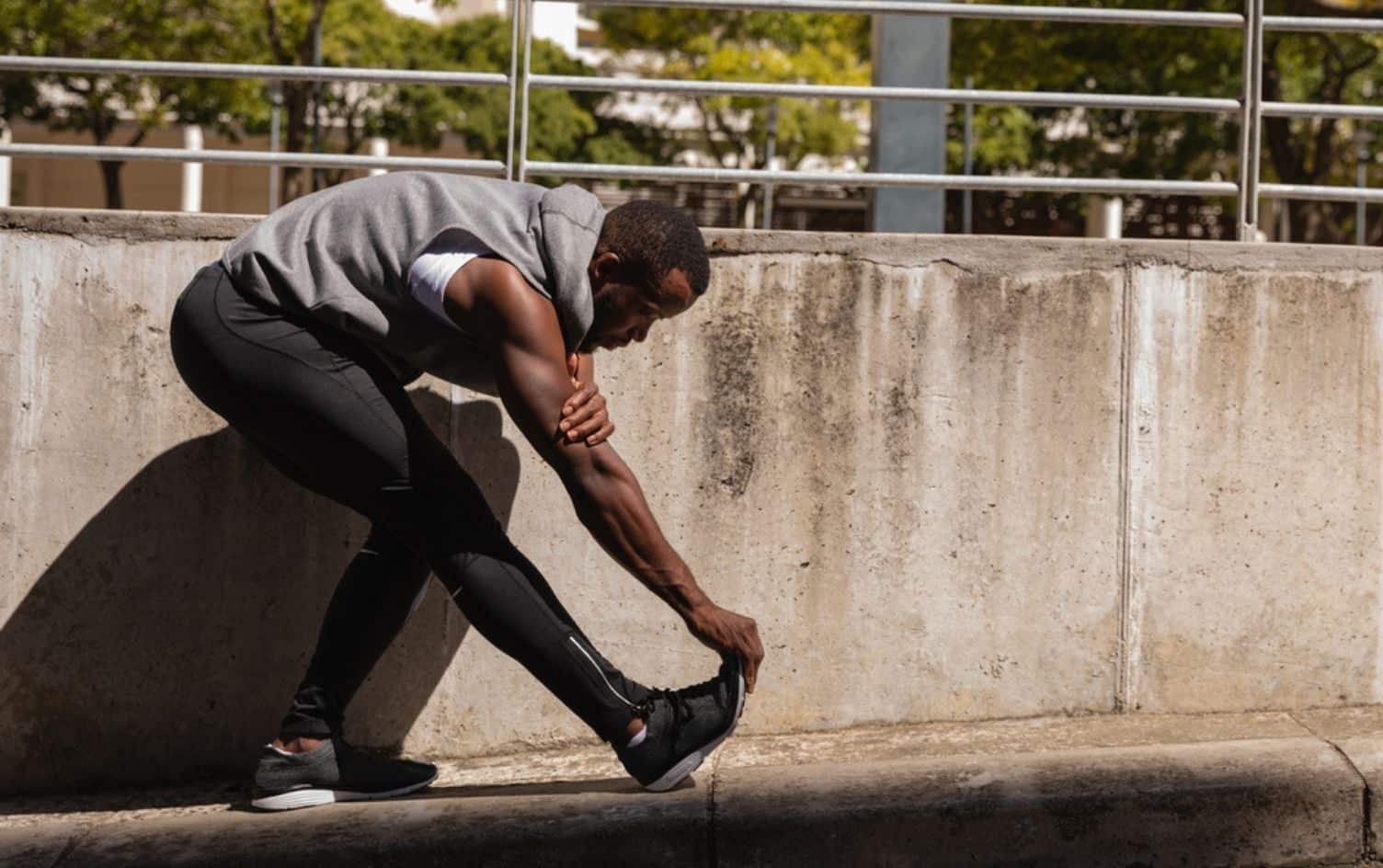Thumb through the ‘gram and the millions of photos shapeshifting yogis, and it’s easy to think flexibility means being able to contort into circus-style shapes. But flexibility is too often confused with hypermobility. It’s surprisingly easy to exceed the body’s limits, overstretch a muscle and risk strain and injury.
The difference between stretching and over-stretching (aka flexibility) often involves control or a lack of mobility. Hypermobility and flexibility are often used interchangeably, but broadly speaking, flexibility concerns muscle and its accompanying fascia whereas hypermobility refers to ligaments.
Flexibility is the ability of a muscle and fascia to temporarily stretch and lengthen when needed. Mobility is the joint’s ability to actively move through the intended range of motion. In other words: Flexibility is passive; mobility requires control.
A quick anatomical refresher to understand what that difference means: Muscle contracts and relaxes to create movement. Ligaments connect bone to bone and help stabilize the joints. Muscles are made of elastic tissue. Ligaments are mostly collagen and contain very little elastin, the protein that helps tissues resume their shape after stretching or contracting. If a ligament is overstretched, it stays that way. It won’t stabilize the joint as effectively. The joint can become unstable and cause pain and injury.
To understand the difference, extend your arm out in front of you with your palm facing up. Actively extend your wrist, so your fingers start to point toward the floor. This is your wrist’s mobility. Now, extend your arm out in front of you with the palm face up and gently press down on your fingertips, stretching the wrist. This is your wrist’s flexibility.
Flexibility and mobility go together. To have good flexibility you need good mobility; it doesn’t matter how flexible a muscle is if the joint won’t allow the movement. To have good mobility, you need flexibility because moving through the joint’s range of motion requires some flexibility.
Over-stretching and other problems arise when the stretch (flexibility) lacks control (mobility). Someone with good flexibility may be able to go through the same range of motion as someone with good mobility, but they compensate by using different muscles or joint positions. For example, someone who can touch the floor without bending their knees might still have tight hamstrings, but they have a mobile lower back.
So, a very general rule of thumb would be to strengthen and stabilize the areas that are hypermobile and stretch and mobilize the body parts that are too stable.
READ MORE > 7 DYNAMIC STRETCHES EVERYONE SHOULD DO
- Warm up first. Stretching cold muscles increases your risk of injury. Warm up with a walk, jog, bike ride or a few rounds of sun salutations.
- Keep a slight bend in your joints. In yoga, you’ve probably heard an instructor say micro-bend your knee or elbow. This small bend encourages your muscles to do the work and keeps you from camping out in your ligaments.
- Maintain muscular engagement. Keeping your muscles somewhat active, as opposed to flopping into the stretch, helps stabilize and support your joints.
- Create support. Sitting with your back against a wall, using a strap around your arms or a block at your feet can keep you from hyperextending and help you find proper alignment. Talk to your yoga instructor for modifications and suggestions.
- Back off. You don’t need to take the stretch or pose as far as you can. A productive stretch should involve a slight pull in the muscle. A sharp or stabbing sensation means the muscles are stretched beyond their capacity.
- Incorporate self-myofascial release techniques. Using massage balls or foam rollers has been shown to increase range of motion according to a study in the Journal of Strength and Conditioning Research.
- Incorporate controlled articular rotation (CARS) exercises. This is the practice of moving a muscle group or joint through its full range of motion. These exercises help create stability, maintain and improve range of motion and are also a great way to assess your range of motion, which can help you understand what you need to strengthen and what you need to stretch.
Unlock an experience that’s like having a dietitian, trainer and coach at your fingertips. Sign up for Premium for expert guidance and tools to help you reach your personal health goals.




